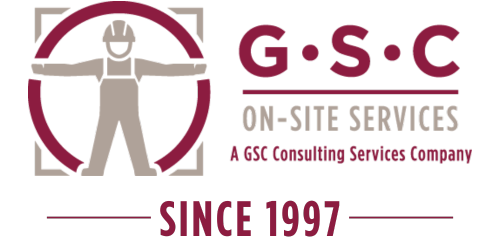The Overhead Hazard
During an initial walkthrough with a prospective client, Gil Smith's trained eye caught a troubling sight: an operator struggling to turn a valve positioned above shoulder height. Recognizing the telltale signs of potential ergonomic hazards, Gil inquired about the force required for the task, only to find that the company's internal Job Analysis reports were lacking in crucial details.
This revelation highlighted a common pitfall – the tendency for businesses to overlook or underestimate inherent risks within their operations due to a phenomenon akin to sensory adaptation. Like the scent of one's own home, familiarity can breed complacency, leading to a false sense of security regarding workplace safety.
Fortunately, Gil's intervention catalyzed a transformative process. By leveraging GSC On-Site Services' expertise, the client not only gained comprehensive Job Analysis reports but also uncovered the root cause of the ergonomic strain – a sticking valve due to accumulated oils and debris. Armed with this insight, they implemented preventive measures such as a rigorous Preventive Maintenance (PM) protocol and the introduction of ergonomic aids, effectively reducing the physical demands of the task and facilitating the injured employee's safe return to work.
This success story underscores the inherent value of an external perspective in identifying and addressing blind spots in workplace safety. Just as a fresh pair of eyes can detect lingering odors overlooked by long-time residents, third-party safety assessments offer a critical vantage point, free from the biases and assumptions that may cloud internal evaluations.
Moreover, partnering with a specialized service provider like GSC On-Site Services extends beyond mere compliance – it fosters a culture of proactive risk management. By augmenting their offerings with tailored Injury Prevention Specialist programs and diligent database updates for Voluntary Protection Program (VPP) compliance, GSC On-Site Services ensures that their clients remain at the forefront of workplace safety practices.
